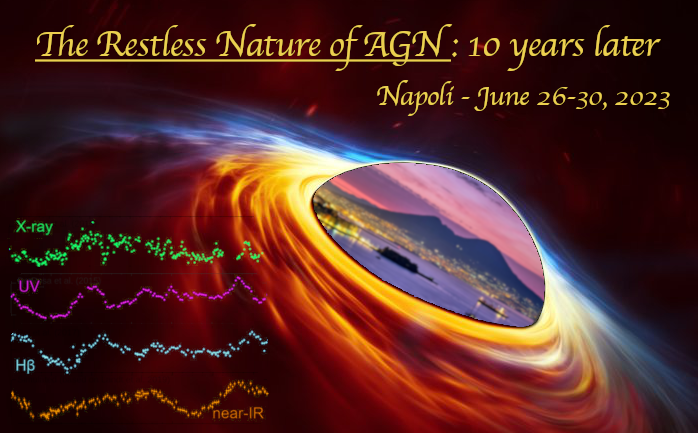Speaker
Description
Sgr A$^*$, located only 8 kpc away, allows us to study in detail the accretion process on to a super-massive black hole. Direct observations show that the black hole luminosity varies on different time-scales, but remains extremely dim, despite the (disputed) presence of a cold gaseous disc. However, indirect evidence reveals that it was several orders of magnitude brighter just a few hundred years ago, and perhaps an AGN a few million years in the past. Unlike any other super-massive black hole, in our Galactic centre we can directly observe the source of the material feeding the accretion, which in this case corresponds to a few dozen young, massive stars, with powerful stellar winds. After reviewing the observed variability, I will describe our hydrodynamical models of the gas surrounding Sgr A$^*$, originating from the observed stars, with known orbits and stellar wind properties. Our simulations show that these winds can naturally account for the formation of both the hot, inefficient accretion flow and the cold disc. Moreover, the stellar orbits, and the formation of cold clumps and streams, make the accretion vary on time-scales of decades to millennia, potentially explaining the observed behaviour.

